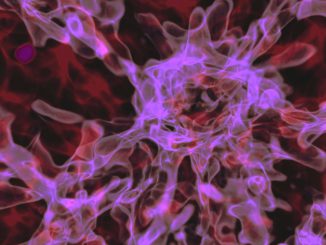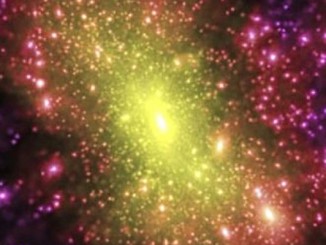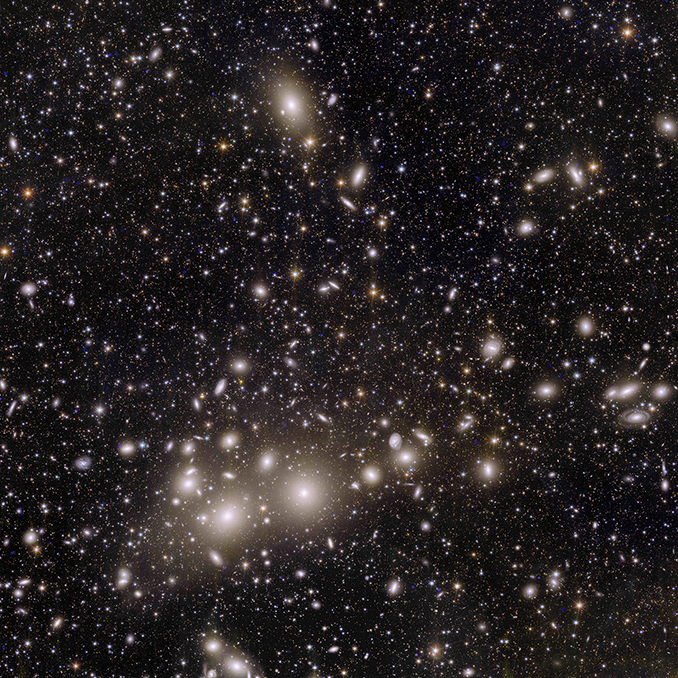
The first colour images from the European Space Agency’s Euclid space telescope were unveiled 7 November, providing razor-sharp views of the Perseus galaxy cluster, two nearby galaxies, the Horsehead Nebula and a globular cluster.
“We have never seen astronomical images like this before, containing so much detail,” Euclid project scientist René Laureijs said in an ESA release accompanying the photos.
“They are even more beautiful and sharp than we could have hoped for, showing us many previously unseen features in well-known areas of the nearby Universe. Now we are ready to observe billions of galaxies, and study their evolution over cosmic time.”
The wide-angle view of the Perseus cluster, one of the largest structures in the known universe, is particularly striking, showing 1,000 or more member galaxies and another 100,000 or so in the distant background.
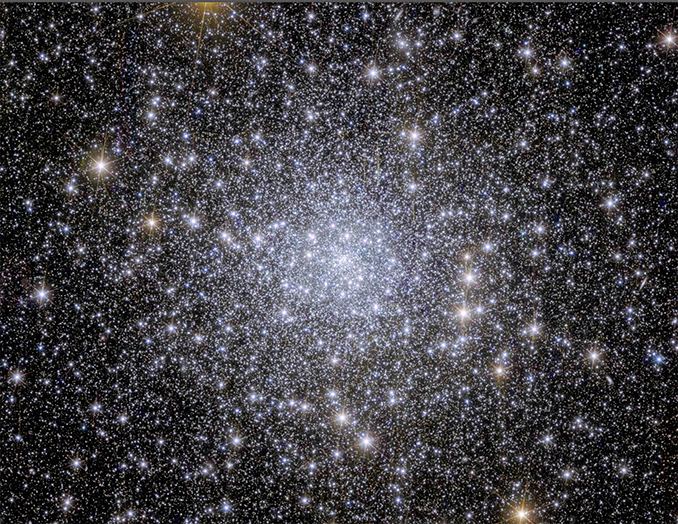
Euclid’s view of the Horsehead Nebula also was striking because it rivals the view from larger telescopes yet took just one hour to capture in a single frame.
While Euclid’s relatively small primary mirror is much less powerful than Hubble’s or the James Webb Space Telescope, the wider field of view, a 600-megapixel visible light camera and a 64-megapixel infrared spectrometer will allow it to discern the shape and evolution of galaxies over the past 10 billion years.
The $1.5 billion observatory is designed to probe the nature of dark energy, the mysterious force speeding up the expansion of the universe, and dark matter, the unseen material holding galaxies together and shaping their evolution.
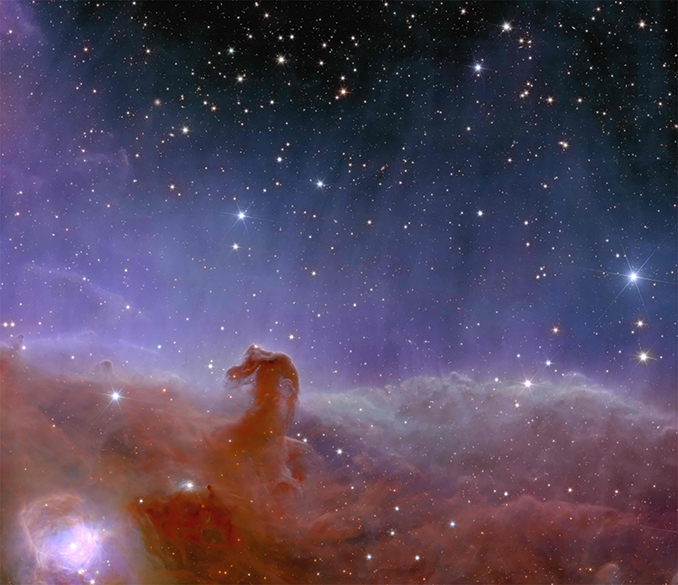
By studying subtle changes in the light from selected galaxies, scientists hope to observe the transition from the Big Bang’s initial gravity-driven deceleration to the era of accelerated expansion under the emerging dominance of dark energy some five billion years ago. At the same time, they expect to map the influence of dark matter on galactic structure.
“Dark matter pulls galaxies together and causes them to spin more rapidly than visible matter alone can account for,” said ESA science director Carole Mundell. “Dark energy is driving the accelerated expansion of the Universe.
“Euclid will make a leap in our understanding of the cosmos as a whole, and these exquisite Euclid images show that the mission is ready to help answer one of the greatest mysteries of modern physics.”
It will take Euclid six years to complete a 3D map of the sky around the Milky Way, generating an estimated 100 gigabytes of data per day, or some 70,000 terabytes over the course of the mission.

